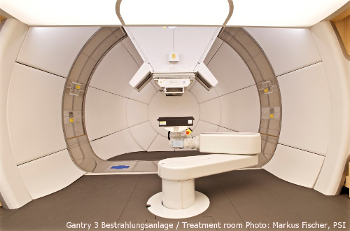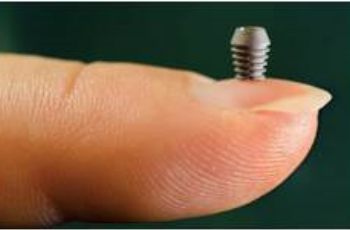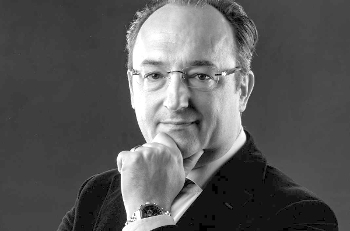Specialists in Vein Surgery
4 Specialists found
Information About the Field of Vein Surgery
What Is Vein Surgery?
Vein surgery is a form of treatment for diseases of the veins. The veins are the vessels that transport blood from the tissues and organs back to the heart. Weakness of vein walls or vein valve function results in spider veins, varicose veins, or even functional weakness, with the result that blood can no longer be adequately transported to the heart. Vein surgery can close or remove such diseased veins.
Which Vein Diseases Are Treated?
Surgical vein treatment is carried out when a functional weakness of the venous valves, leading to a backflow of blood into the superficial veins, is noticed. The spider and varicose veins appear bluish through the skin and are perceived as unattractive. As blood backs up, hydrostatic pressure causes fluid to be squeezed out of the vessels into the surrounding tissue causing swelling (medical term: edema), which can cause pain.
The permanent congestion in the legs can lead to skin changes, e.g., pigmentation disorders or permanent edema up to weeping wounds (venous leg ulcer). This clinical picture in the legs caused by venous disease with severe consequences is called chronic venous insufficiency.
Congested veins can be removed by surgery. Either they are closed so there is no longer blood flow, and the body breaks down this vessel on its own over time, or they are cut off and removed.
Which Vein Surgeries Are Available?
Vein stripping (synonyms: phlebexeresis, varicose vein stripping) describes a surgical procedure in which the largest and longest superficial vein (medical term: truncal vein, great saphenous vein) of the leg is removed entirely or in pieces. This allows larger diseased sections of the vein to be removed in one procedure. During vein stripping, two small incisions are made in the skin. One incision is made in the groin, where the vein is inserted into the deep venous system.
The second skin incision is made at the level of the malfunctioning venous valve. Subsequently, the transverse bridging veins and the junction in the groin are separated from the great saphenous vein. This vein is threaded on a probe to the second skin incision through the skin incision and then pulled out through the skin incision in the groin. After the procedure, the incisions are closed gently to the scar, and the leg is wrapped tightly with a compression bandage. The whole procedure is carried out under general anesthesia.
Endovascular procedures offer new surgical options for the treatment of varicose veins. The truncal vein is punctured at the lower end of the defective distance, and a probe is inserted, which is placed deep into the vein. Then, energy is delivered evenly through the probe, causing the vein to close due to the heat. The vein remains in place but is damaged by the treatment to the extent that the body slowly breaks it down. The procedure is carried out under constant ultrasound monitoring.
Risks and Prognosis of Vein Surgery
Every surgery has common risks, including blood loss, secondary bleeding, local infection of the puncture sites, the spread of infection to neighboring tissues or into the bloodstream, wound healing problems in the days and weeks following surgery, and unattractive scarring.
During vein stripping, a wound canal can be created by pulling out the truncal vein. Blood from the deep venous system can seep into this wound channel from connecting veins that were not separated, causing bruising. Other possible short-term consequences of vein stripping may include swelling, discomfort in the treated leg, tightness, and pain.
Vein surgery is not a procedure that prevents other venous diseases. Vein surgery is a symptomatic treatment. To avoid other spider veins, varicose veins, or progression of chronic venous insufficiency, measures such as weight reduction, healthy diet, exercise, wearing support stockings, and other actions to support blood circulation are necessary. People with vein problems are very likely to have other affected veins.
Which Specialists and Clinics Are Specialized in Vein Disease Surgery?
Every patient who needs surgery wants the best medical care. Therefore, the patient is wondering where to find the best clinic for vein diseases or a vein specialist.
As this question cannot be answered objectively and a reliable doctor would never claim to be the best one, we can only rely on the doctor’s experience. The more vein surgeries a doctor performs, the more experienced he becomes in his specialty.
Thus, vein surgery specialists are vascular surgeons or phlebologists who specialize in the surgical treatment of veins. Their experience and many years of practice as vascular surgeons or phlebologists specializing in vein surgery make them the right people to contact when performing vein surgery.
Sources:
- Herold et al.: Innere Medizin. Eigenverlag 2012, ISBN: 978-3-981-46602-7.
- Siewert: Chirurgie. 8. Auflage Springer 2006, ISBN: 978-3-540-30450-0.
- Deutsche Gesellschaft für Phlebologie (DPG): S3-Leitlinie Ulcus cruris venosum. Deutsche Gesellschaft für Phlebologie (DGP). Stand: 2008. Abgerufen am: 25.04.2021
- Rabe et al.: S1-Leitlinie Sklerosierungsbehandlung der Varikose. Deutsche Gesellschaft für Phlebologie (DGP). Stand: 2012. Abgerufen am: 25.04.2021
- Nüllen et al.: VTE - Venöse Thromboembolien. Springer 2014, ISBN: 978-3-642-21496-
- Hach-Wunderle: S2k-Leitlinie Venenthrombose und Lungenembolie: Diagnostik und Therapie. Deutsche Gesellschaft für Angiologie – Gesellschaft für Gefäßmedizin (DGA). Stand: 2015. Abgerufen am: 25.04.2021
Medical Articles
Your benefits
If you have found a matching specialist, you can contact him/her directly and upload records if needed. And in case you need treatment, you can…
We will direct your request to the appropriate specialists
We are happy to assist you in choosing a specialist for your needs. The service of PRIMO MEDICO is always free, confidential and discreet for…
The treatment of scoliosis in transition - When is surgery necessary?
Scoliosis is a lateral deviation of the spine. This usually involves torsion of the individual trunk sections as well as a change in the side…
Specialists' Second Opition
Many people suffer from shoulder pain or hip problems. In this case, doctors quickly recommend surgical intervention. But is this really always…
High-tech against cancer: new treatment facility put into operation
At the Paul Scherrer Institute in Switzerland a new state-of-the art treatment facility, the so-called Gantry 3, has been put into operation.
Implants: "The Longer, the Better" Has Had Its Days
Ultra-short implants have a significantly better durability than expected by experts - with lower costs, treatment times, and complications.
Modern Prostheses for Natural Walking
The ankle joint is particularly susceptible to degeneration such as osteoarthritis. It has to bear the greatest weight of all joints in the body.


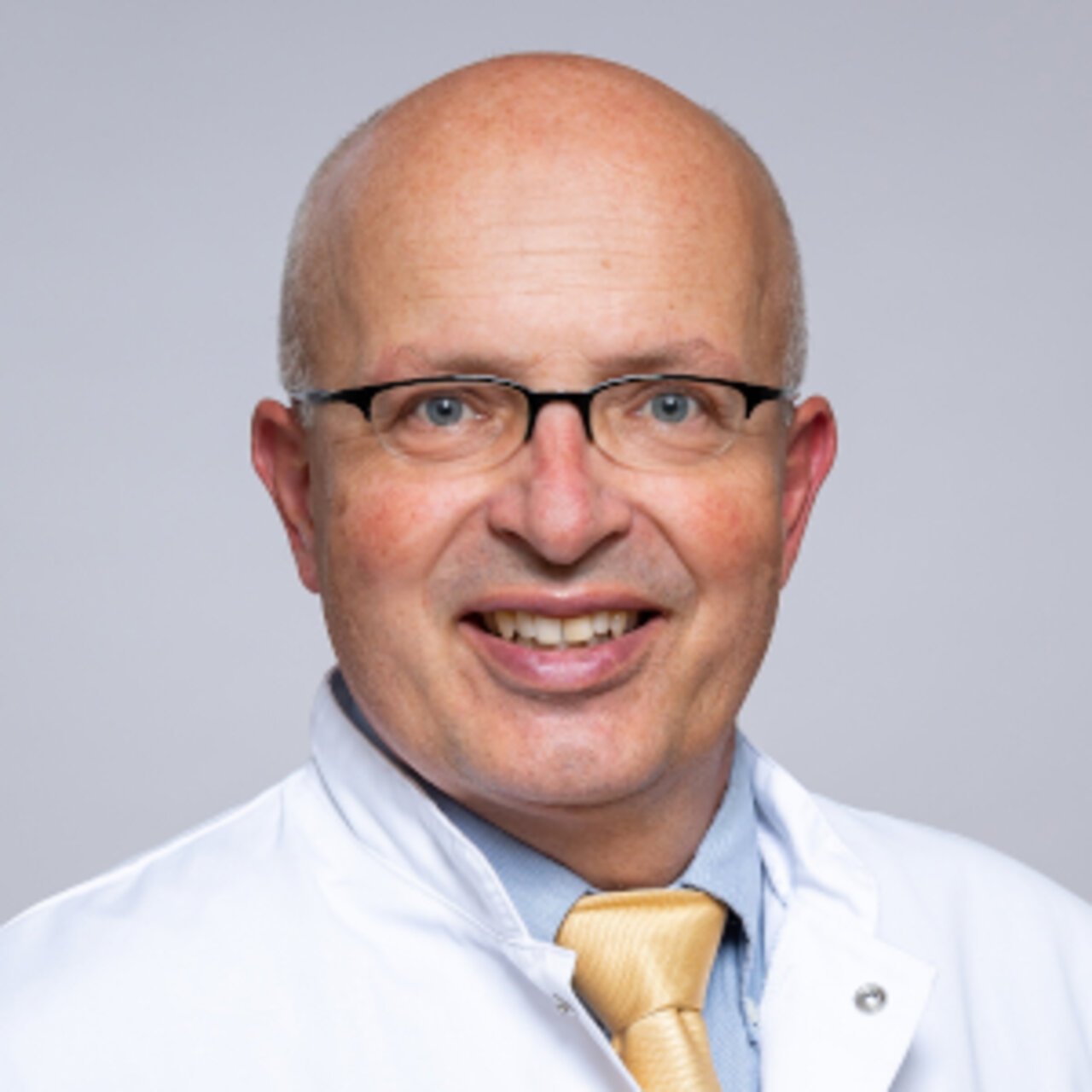



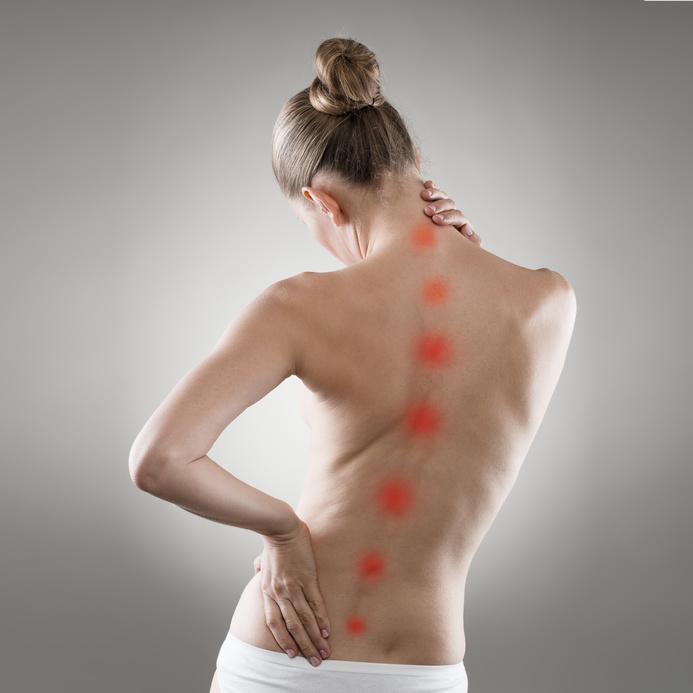
![[Translate to English:] Zweitmeinung von Spezialisten [Translate to English:] Zweitmeinung von Spezialisten](/fileadmin/user_upload/Zweitmeinung-von-Spezialisten_350px.jpeg)
